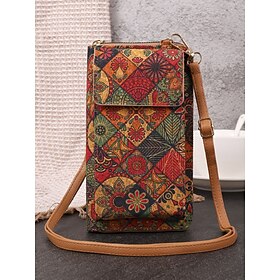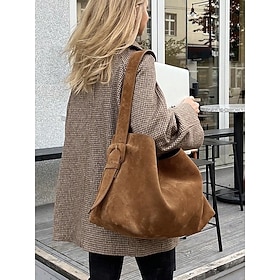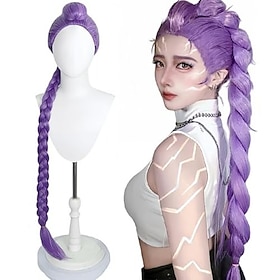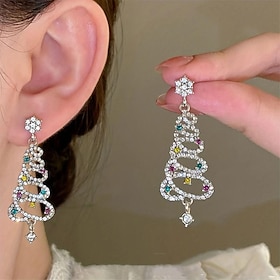A brief overview
Even though you may have thought the ’60s were just about long hair, the decade also brought a massive shift in the cultural environment. The 1960s transformed youth consciousness forever, and along with it, a new vocabulary of fashion was born. At a time when children’s toys were being mass-produced so cheaply that they often fell apart in less than six weeks, fashion was suddenly becoming something thrilling.
And at the forefront of this revolution? The iconic mini skirt.
More than just a fleeting trend, it became a bold symbol of freedom, femininity, and the rising power of youth culture to reshape society.

The Rise of the Mini Skirt
Credited to Mary Quant, the mini skirt first appeared in London’s trendy fashion scene in 1964. Inspired by the energy and attitude of those younger than herself, Quant named it after her favorite car—the Mini Cooper. Its daringly short length, a few inches above the knee, defied decades of fashion convention and quite literally changed the landscape of street style overnight.
More than just a fashion trend, it was a statement. The mini skirt aligned seamlessly with the emerging women’s liberation movement, challenging outdated norms and giving women a new aesthetic to express self-assurance, independence, and individuality.
And yes, women shivered in those skirts, not for the sake of trend-following, but to be seen, to claim space, to make their presence felt. It wasn’t just about being fashionable; it was about stepping into a public sphere that they were helping to redefine.
Leading the Way in Youth Culture
The 1960s was an era when youth culture grabbed the wheel and didn’t look back. Fashion was no longer dictated by the elders but by the young—those who radiated vitality, rebellion, and originality. With figures like Twiggy and Jean Shrimpton, and with bands like The Beatles and The Rolling Stones setting the tone, the mini skirt became the perfect fit.
Often paired with go-go boots and bold makeup, the mini skirt looked like it had stepped right out of the future playful, defiant, and perfectly in tune with a changing world that was hungry for something new.
A Legacy That Endures
But the story of the mini skirt didn’t end there. It quickly spread from London to the rest of the world, becoming a truly international phenomenon. It proved that fashion doesn’t just reflect social change—it can spark it.
Even now, its cultural DNA remains visible. The mini skirt continues to be a must-have in fashion circles—a playful yet powerful garment that still whispers the energy of the ’60s. It’s a living tribute to a time that reinvented what it meant to be young—and what it meant to be free.




















